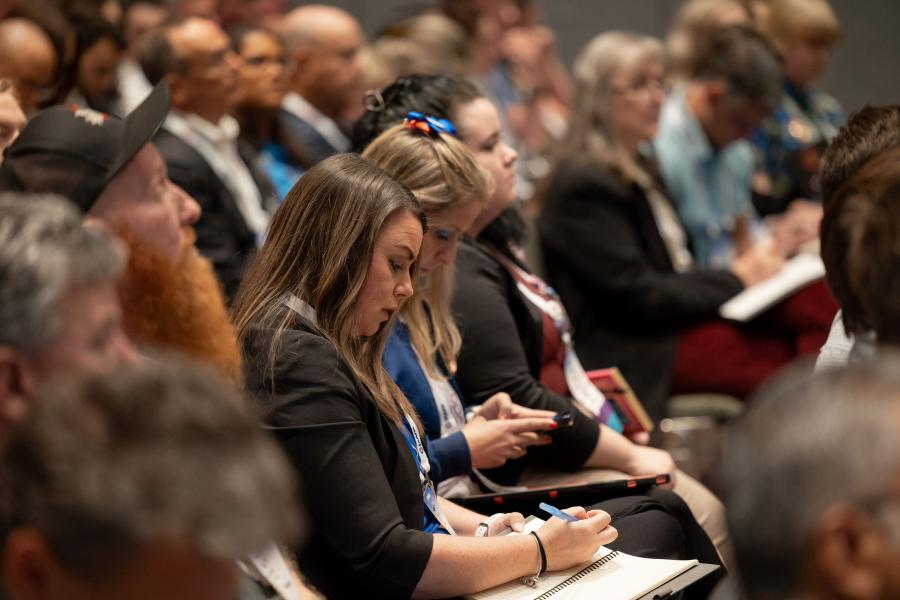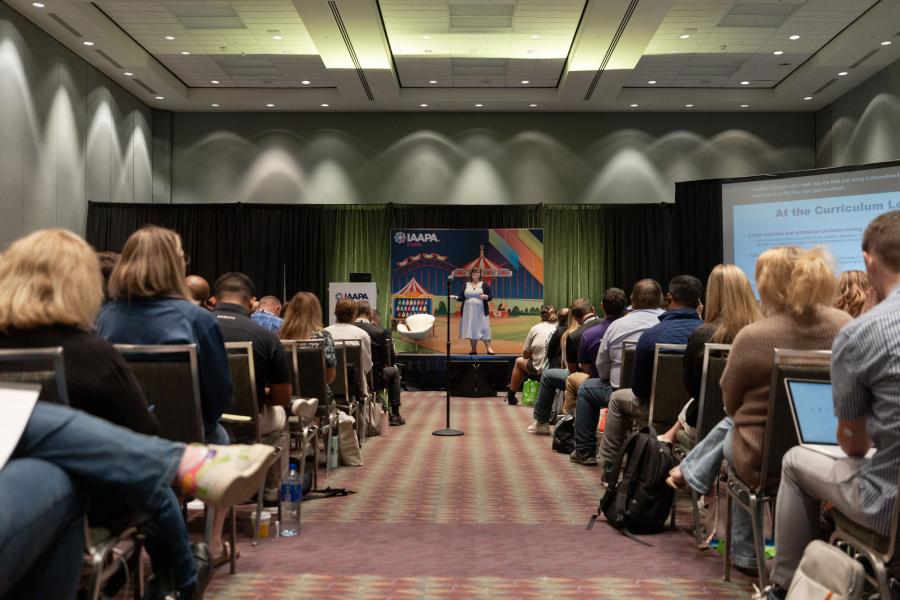Effective and impactful training, whether for employees, contractors, or volunteers, must go beyond simply presenting good content. Those who design the training, including the trainers themselves, should know how adults learn, and they also need to examine how the delivery of their training programs impacts the learner. Attendees learned about this in “Fix Your Train Wreck: Strategies for Creating Engaging Training Programs to Increase Your Workplace Performance” at IAAPA Expo 2023.
Lauren Tidmore, Ed.D., of The Walt Disney Company, says adults learn differently than children because they have an existing base of knowledge and experiences on which to draw. Adults generally understand why they are learning and can identify and organize things for themselves.
She explained different types of learning methods, including transformative learning, experiential learning, self-directed learning, project-based learning, action learning, and andragogy: the art and science of learning involving adults in the developing their own instructions.
“Experiences are the basis of adult learning activities,” says Tidmore. “Adults are most interested in learning subjects that have an immediate importance to their jobs or personal lives, and instructors need to explain the value of the training and why the trainees are there.”
She notes that andragogy stresses the importance of training being hands-on and task-oriented instead of relying on memorization. Training should also consider the wide range of different backgrounds of the trainees, such as experience and level of education.
Transformative learning is a concept that all learners have different assumptions, expectations, and beliefs about the world around them. Its fundamental goal is to empower them to change their beliefs and assumptions. People make assumptions and have expectations about their workplace based on their experiences.
The goal is to challenge those expectations by allowing them to experience something new, and change a belief system that may be limiting them. Transformative learning is beneficial when a company or institution wants to challenge the assumptions and beliefs of its workers.
Experiential learning is different in that it puts the trainee at the center of their learning experience, where they use their senses to become part of what is happening. They then reflect on what they’ve just experienced and use their thinking processes to reach conclusions about those experiences.
“It gets to the heart of not just what they are doing but why they must take certain steps in particular jobs,” says Tidmore. “It’s most suited for mechanical skills, leadership skills, or process improvement involving systematic thinking.”
As she explains the concepts of self-directed learning, Tidmore says the first step—assessing the readiness of trainees to learn—is one of the most crucial components of any training.
“It is really important to know where your trainee is so you can meet them there,” says Tidmore. “Are they autonomous, are they organized, are they self-directed, and can they communicate effectively, and perhaps most importantly, can they take constructive feedback?”
These are very important things to know because they can make or break a training process, especially whether they can take constructive feedback. If not, she says the training will not go well. Trainees need to be able to honestly evaluate themselves and to write their own goals for their training. Then, the instructor helps shape it.
Project-based learning, developed in 1897, puts learners into authentic real-world situations, such as a manufacturing plant, and the students take ownership of their learning. Instructors act as facilitators rather than the center of teaching, and trainees learn from engaging in real hands-on tasks.
Finally, action learning is an approach that involves taking action in problem solving and then reflecting on the results, which is a solid strategy for team building. “I think action learning is best when you have an already established team and you are trying to fill in the gaps of knowledge,” says Tidmore. “Identify a problem, ask questions and identify solutions. Take action to solve the problem, and then reflect on the results, including the pros and cons.”



